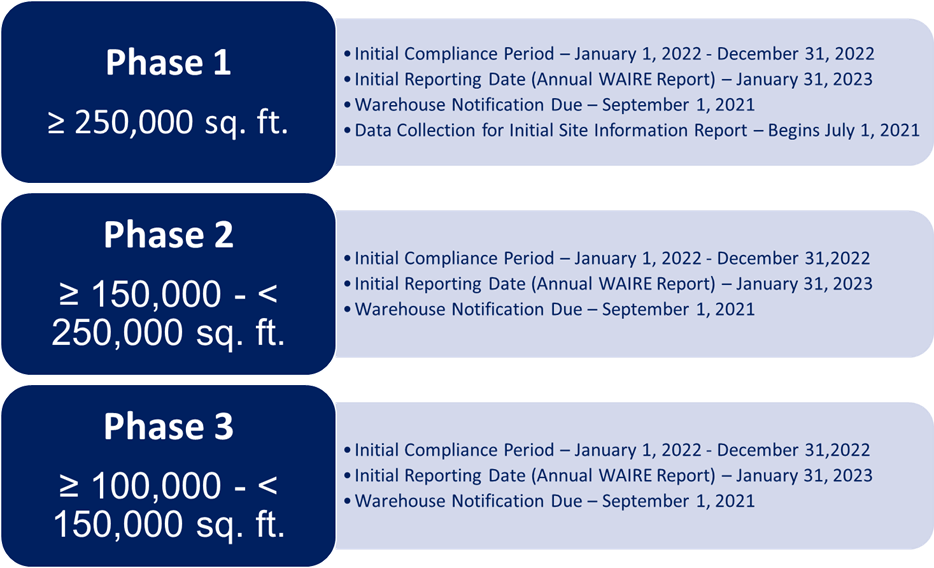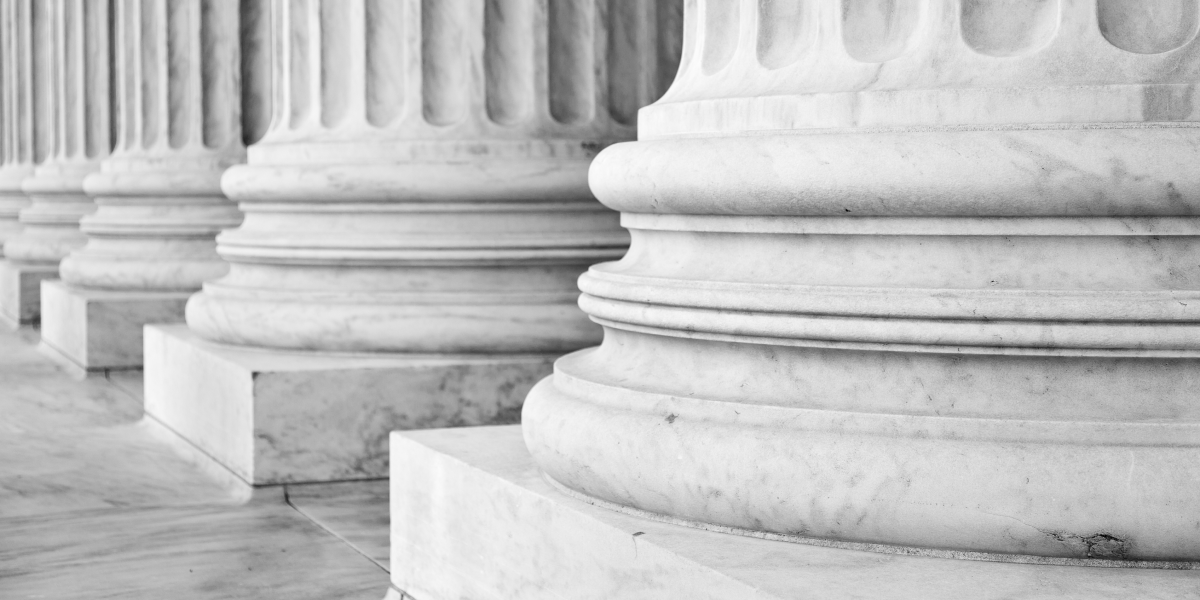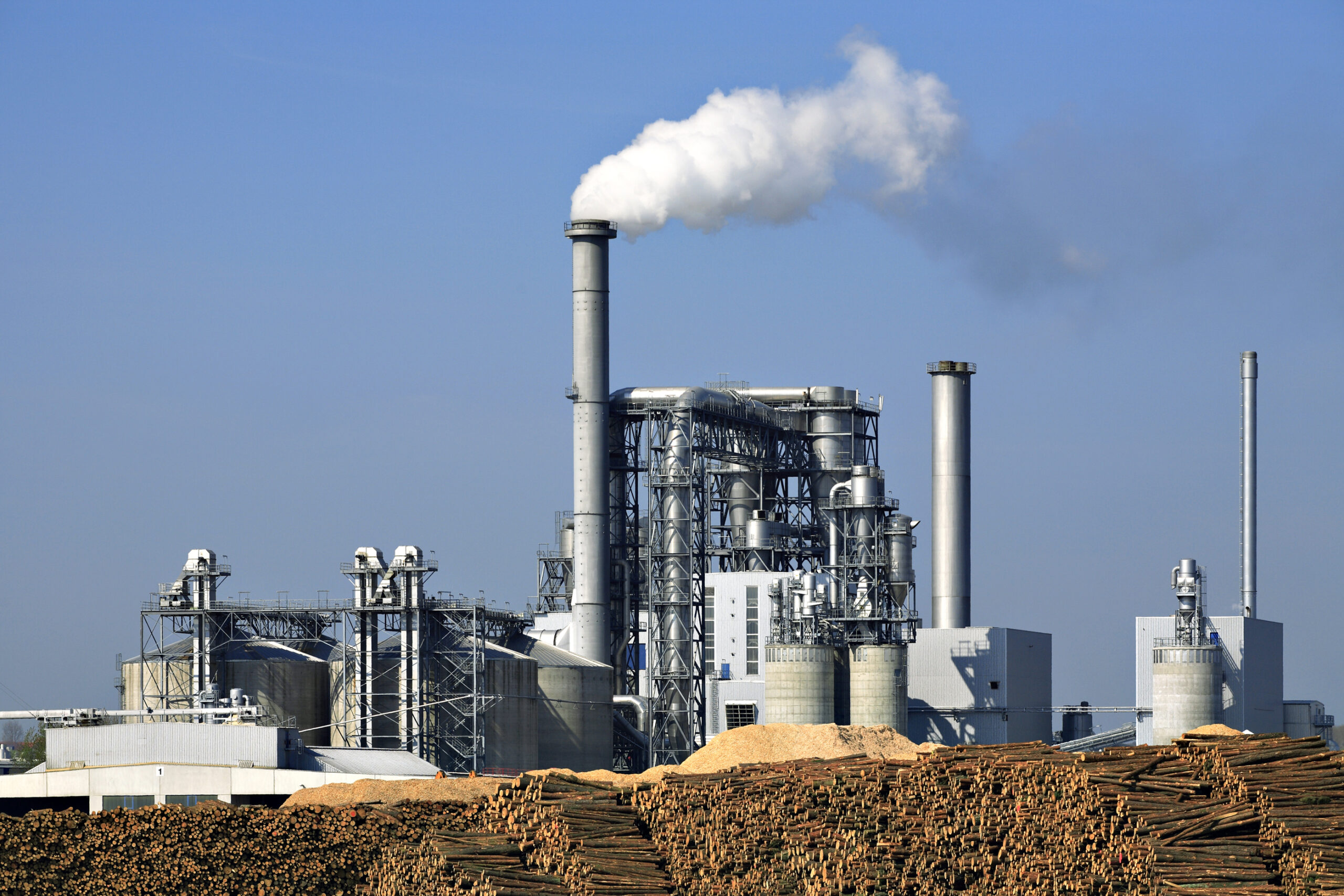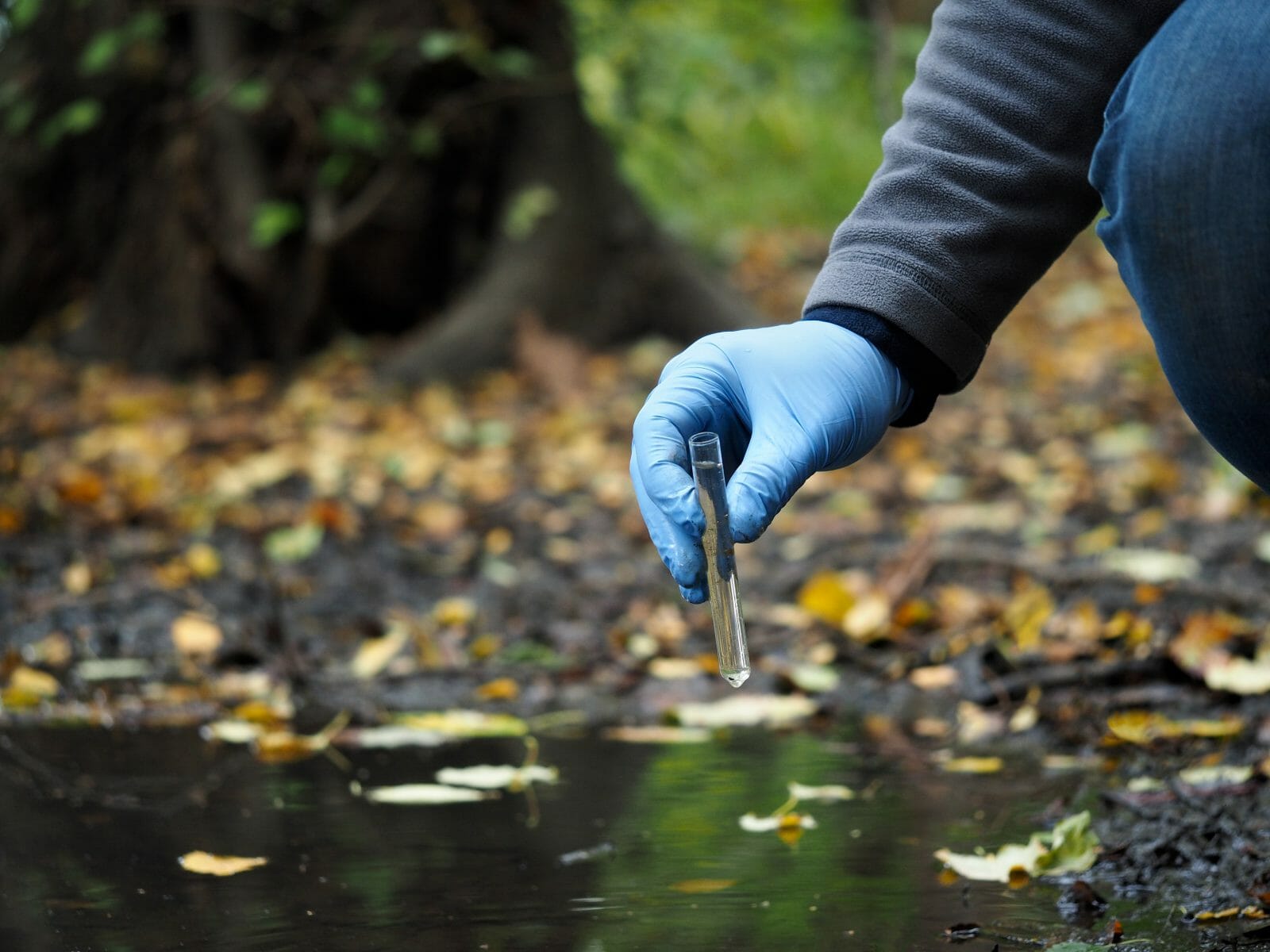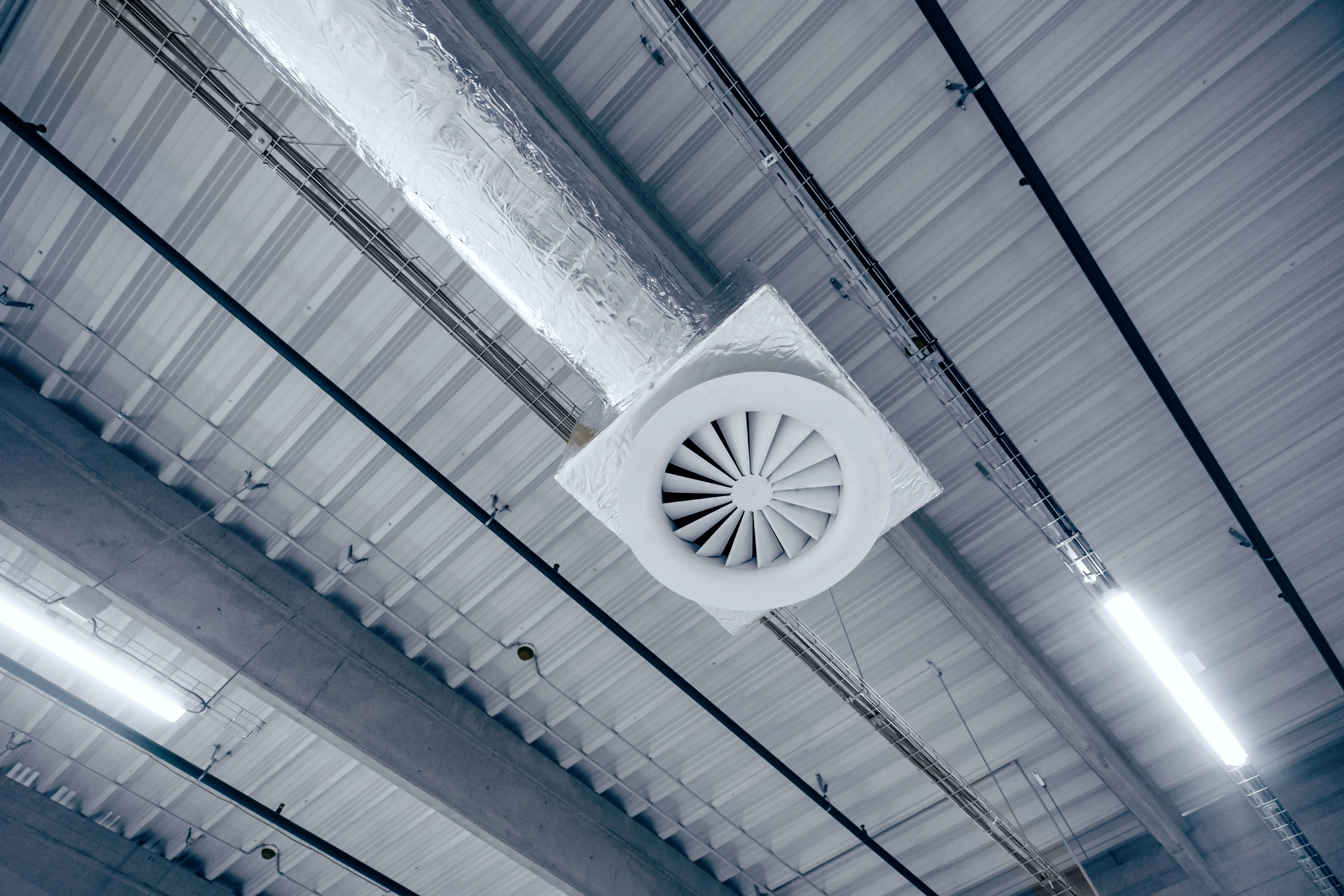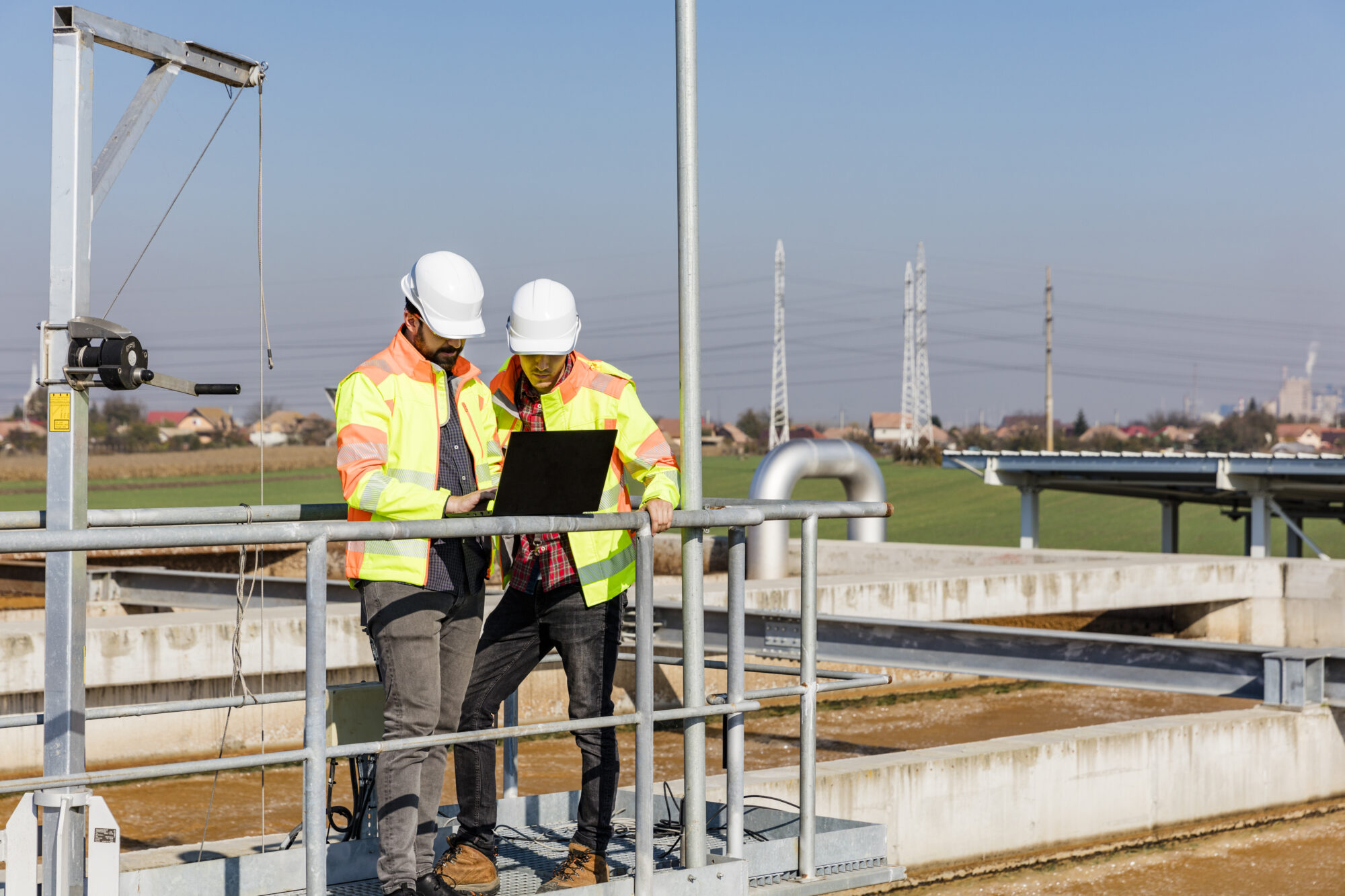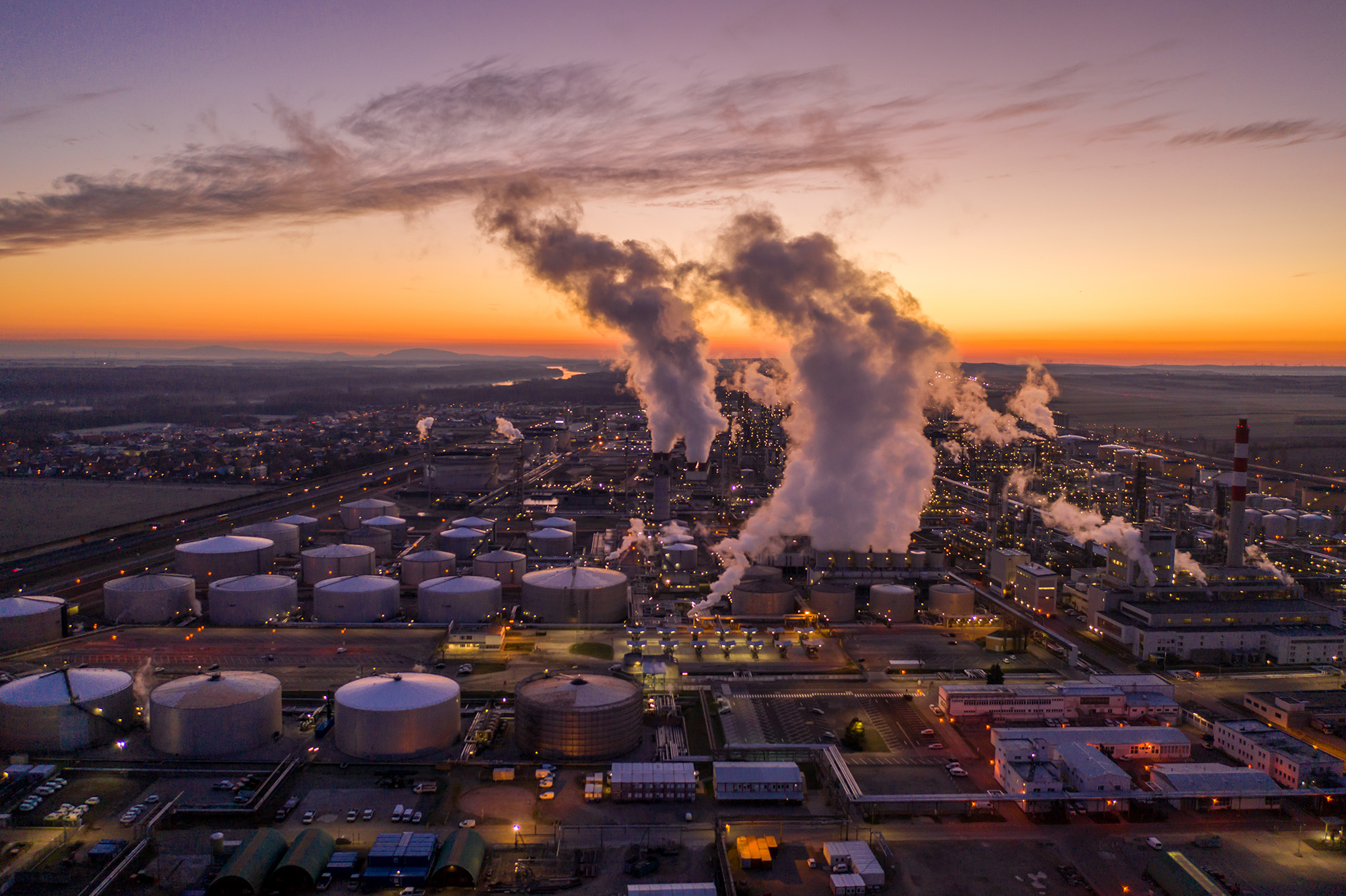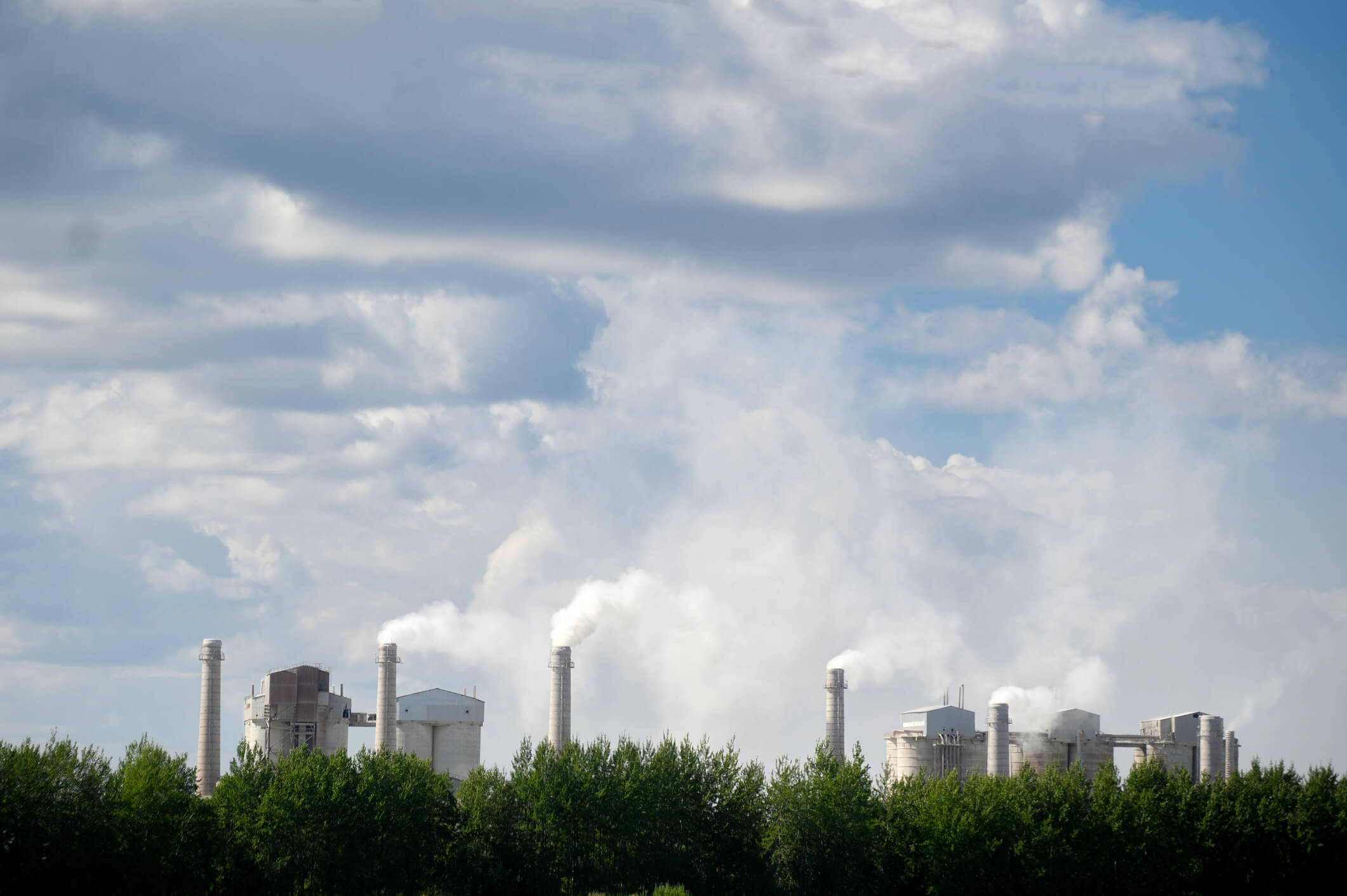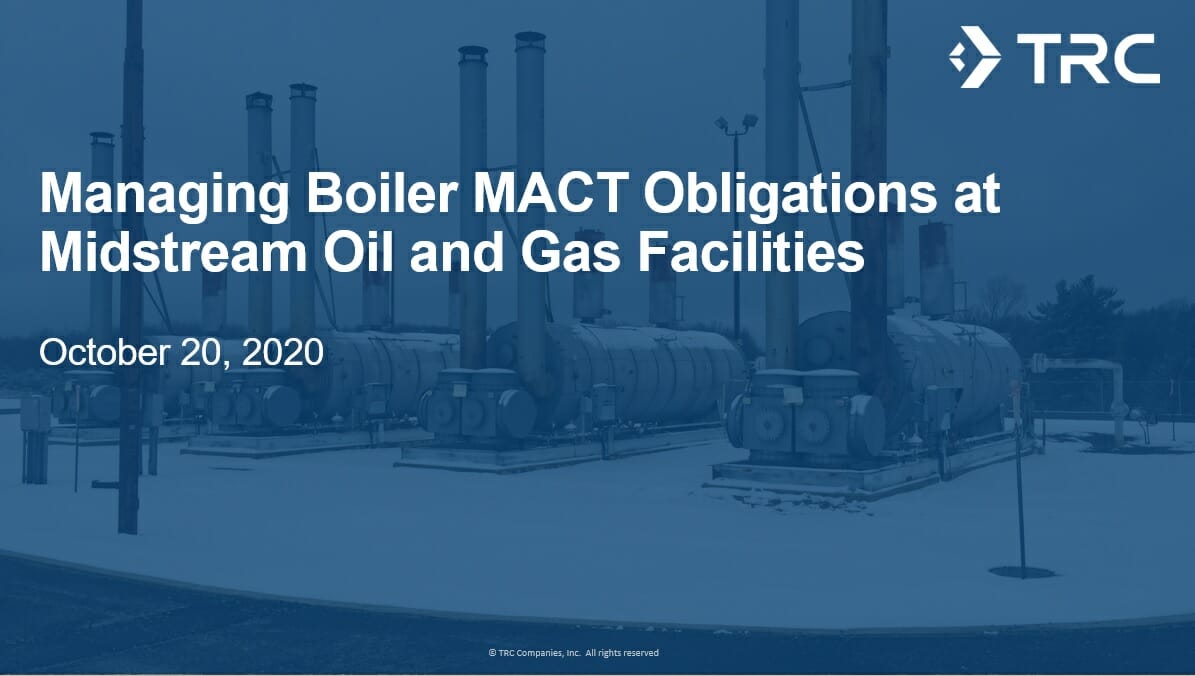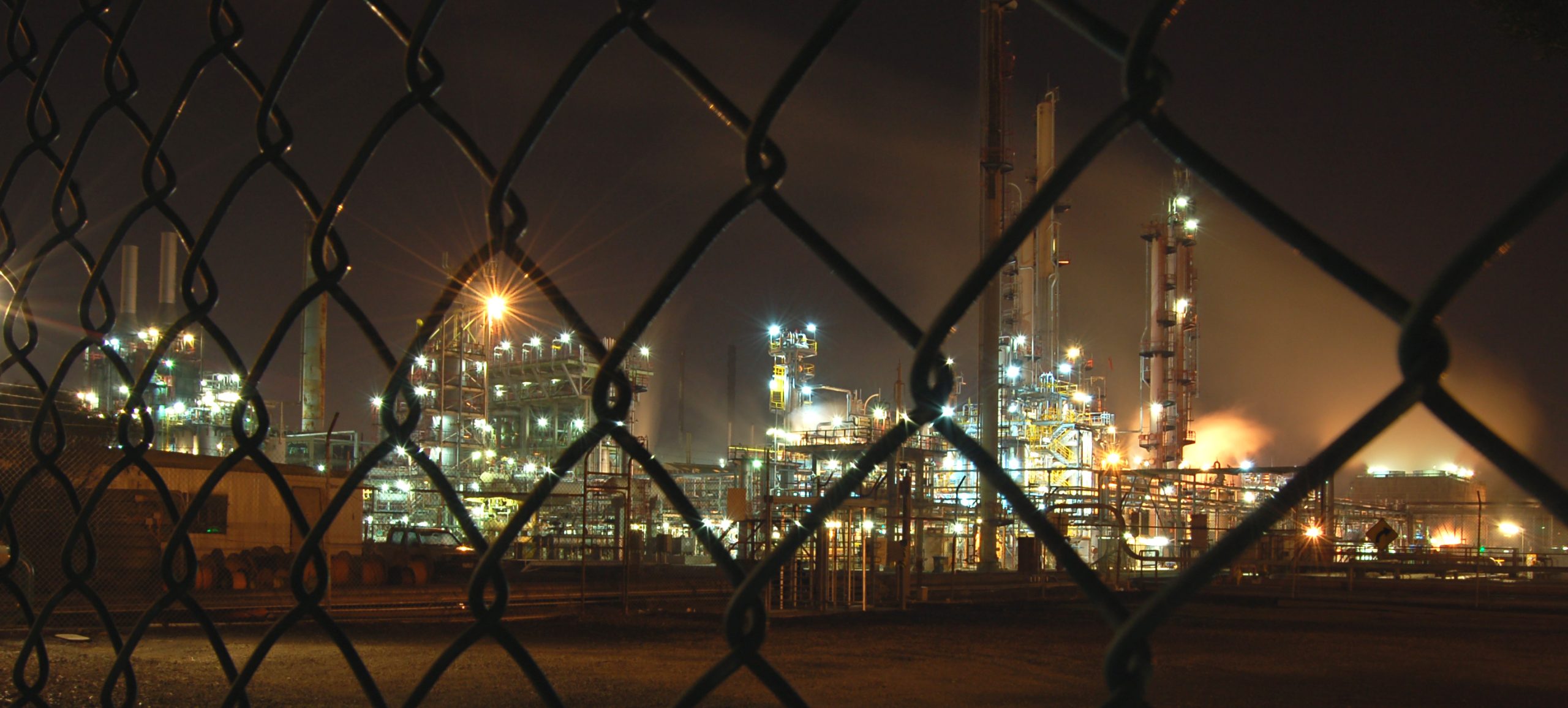April 7, 2021
South Coast Air Quality Management District (SCAQMD) has recently passed a rule impacting southern California warehouses. The rule is intended to reduce local and regional emissions of NOx and diesel particulate matter (PM). These emissions are problematic to both human and environmental health. Targeting warehouses with this policy was deemed necessary by the SCAQMD to best address ozone and PM levels that exceed federal air quality standards, encourage the use of zero emissions vehicles and clean energy sources as well as meet other air quality goals within the district.
Related Materials
The rule will require warehouse owners and operators
That are utilizing 100,000 square feet or more for warehousing activities to take specific actions each year to earn Warehouse Actions and Investments to Reduce Emissions (WAIRE) points to comply with the rule. WAIRE points can be earned by completing a variety of different emissions lowering actions, for example purchasing a zero emissions, or near zero emissions, vehicle and using it, installing and utilizing solar panels or installing and using hydrogen fueling stations. The number of WAIRE points that a warehouse needs to earn is based on the number of truck trips associated with a warehouse which is then multiplied by a stringency and annual variable which is based on the compliance period and size of the warehouse. If warehouses cannot earn enough points or choose not to take actions, a mitigation fee of $1000 per point will be due.
Warehouses within the first phase, that are 250,000 square feet or larger, will need to begin collecting required data as soon as July 1, 2021. This data will be used in an Initial Site Information Report which will be due in July 2022 for the warehouses included in this phase. This data will also be used in the annual WAIRE report due January 2023. Warehouses smaller than 250,000 square feet will also need to complete this data collection and report submissions in future compliance years based on size. All warehouse owners in the area will need to complete a warehouse operations notification and submit it by September 1, 2021.
Next Steps – TRC Can Help:
As stated above, warehouses 250,000 square feet and larger will need to collect data starting July 1, 2021. TRC can assist warehouse operators with the development of forms and procedures for data collection. We can further assist with the required report writing, notifications and consulting on solutions for WAIRE point earning for all warehouses impacted by this rule.
To learn more about how TRC can help please contact Rachel Mireles at 949-358-5210 or RMireles@trccompanies.com.

Resources
 South Coast Air Quality Management District Proposed Rule 2305 & Proposed Rule 316
South Coast Air Quality Management District Proposed Rule 2305 & Proposed Rule 316
Published
Sharing Our Perspectives
Our practitioners share their insights and perspectives on the trends and challenges shaping the market.

PM2.5 Annual NAAQS Revised
May 7, 2024
The U.S. EPA issued a final rule based on its reconsideration of its 2020 decision to retain the primary and secondary National Ambient Air Quality Standards (NAAQS) for particulate matter (PM) without revision.
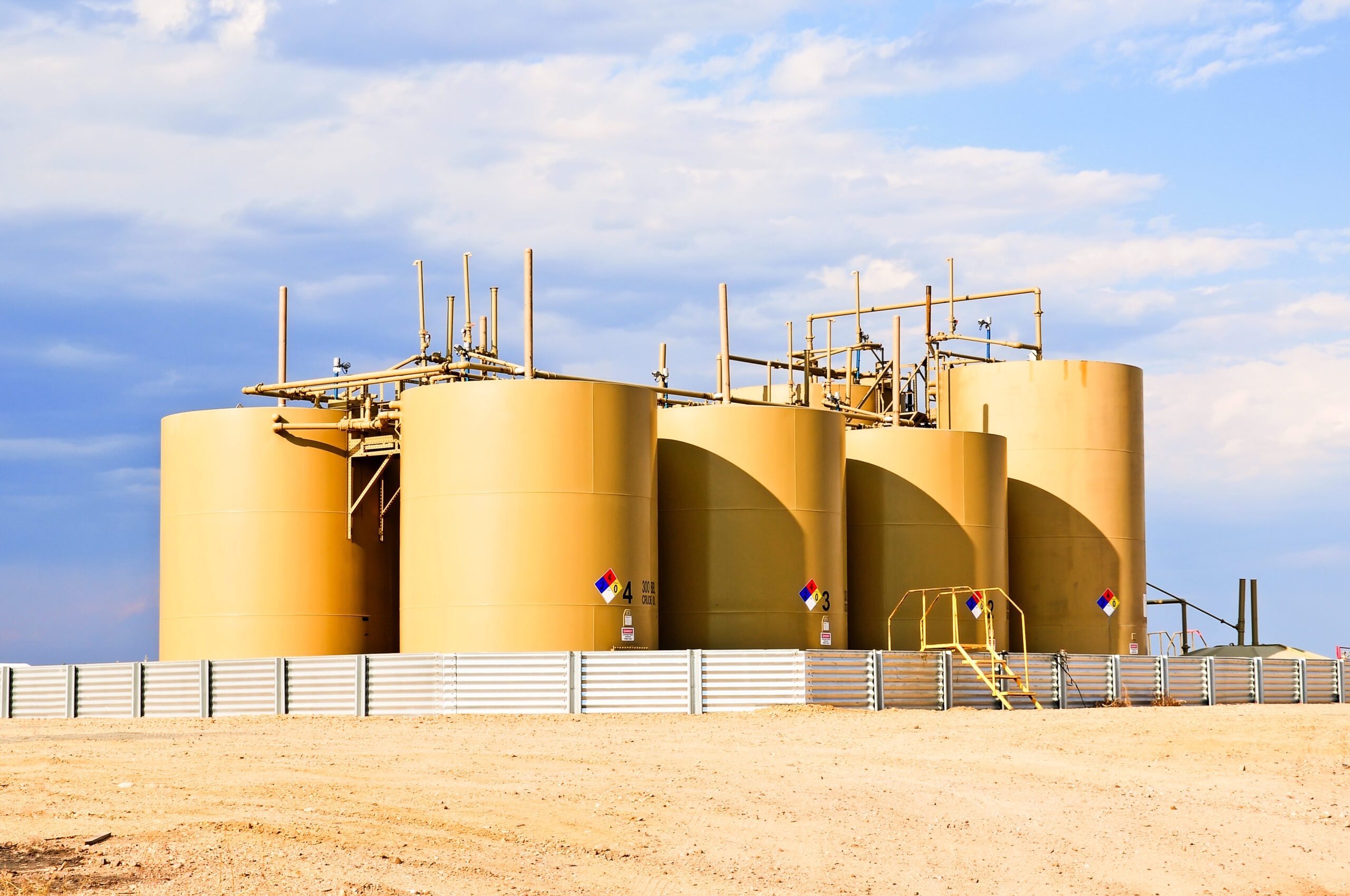
EPA Issues Regulations for Oil and Natural Gas Sector Tank Emissions
April 30, 2024
Storage Vessel or Tank Battery Operators Must Reduce Emissions by 95%.
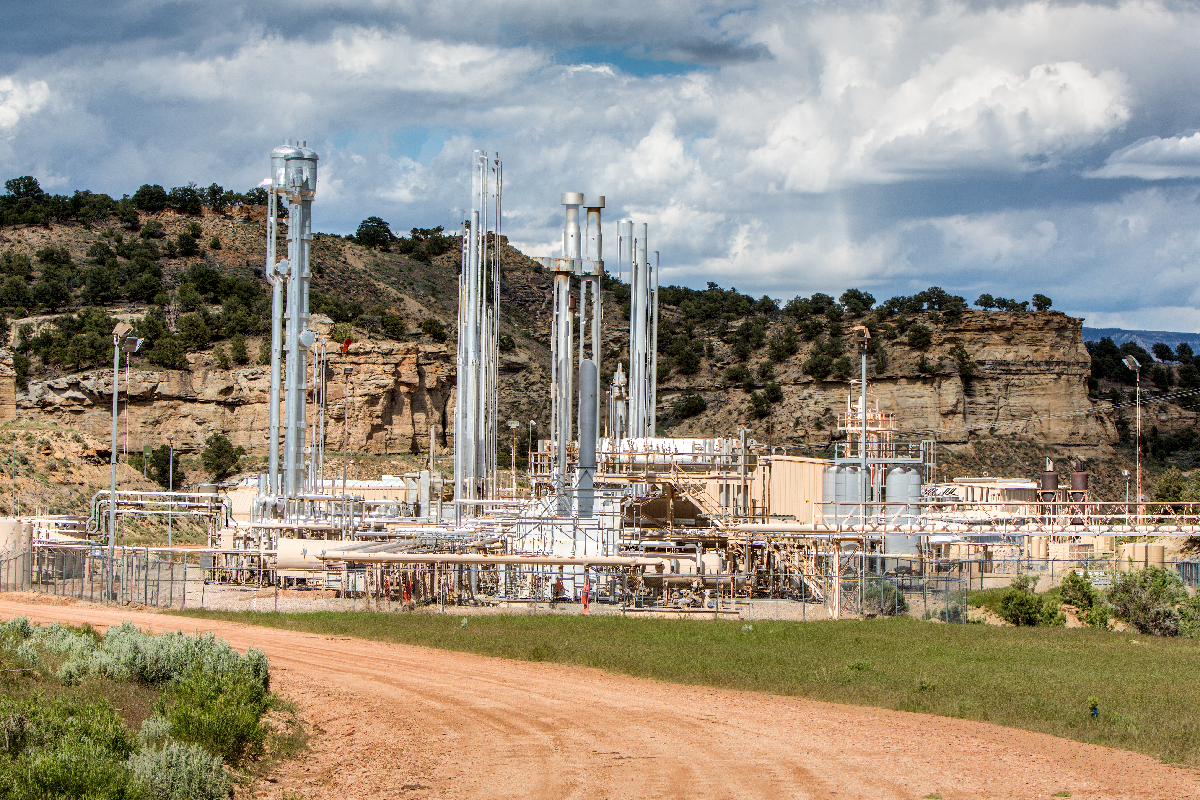
EPA Proposes Rules for IRA-mandated Waste Emissions Charge for Methane
February 6, 2024
EPA proposed rules to implement the Waste Emissions Charge (WEC) program for facilities that exceed a waste emissions threshold

EPA Proposes New Guidance on Air Quality Analysis for Permits
January 5, 2024
On October 23, 2023, the US EPA proposed changes to the Guideline on Air Quality Models and the US EPA model AERMOD

Modeling of Fogging and Icing Events
December 14, 2023
In recent years, various agencies across the country have become committed to understanding the impacts of fog generated by cooling systems. At first glance, fog created by cooling towers may not appear to be a significant problem, however, it can have adverse effects on the public. Fog can impair visibility for people driving on roads and if temperatures are below freezing, fog can cause the formation of rime ice on surfaces. To understand the consequences of fog created by these cooling systems, experts have devised advanced modeling techniques.

EPA Proposes Regulation of Green House Gas Emissions
July 10, 2023
This article highlights the EPA’s proposed rules to regulate greenhouse gas emissions from power plants and the potential impact on new and existing fossil fuel-fired facilities.
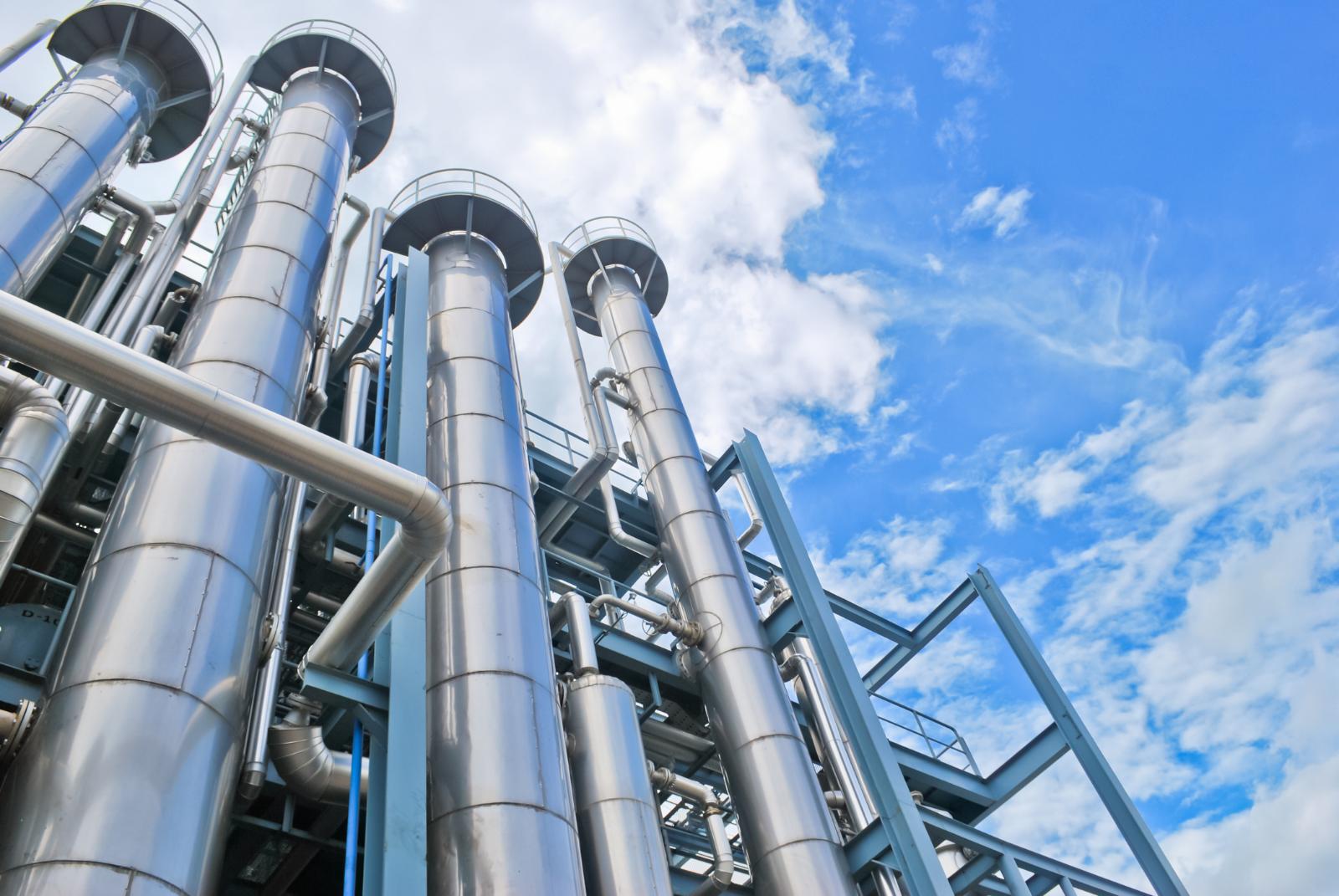
TRC Acquires United Sciences Testing, Inc., Expanding Air Management Capabilities
February 23, 2022
TRC Companies (“TRC”), announced the expansion of its Air Management capabilities with the acquisition of United Sciences Testing, Inc. (USTI), who provides emissions testing services to utility and industrial clients within the Great Lakes and Midwest regions of the US.

EPA Adds First New Hazardous Air Pollutant Since 1990
January 14, 2022
EPA finalized a rule to add 1-bromopropane to the federal list of hazardous air pollutants (HAPs) on December 22, 2022.

Air Emissions Permitting: What Analytical Laboratories Need to Know About Compliance
December 18, 2021
The independent testing of liquid and solid samples is a critical way that businesses demonstrate regulatory compliance. The laboratories that perform these analyses are also subject to environmental rules and should closely track their operations to ensure they are meeting compliance obligations.
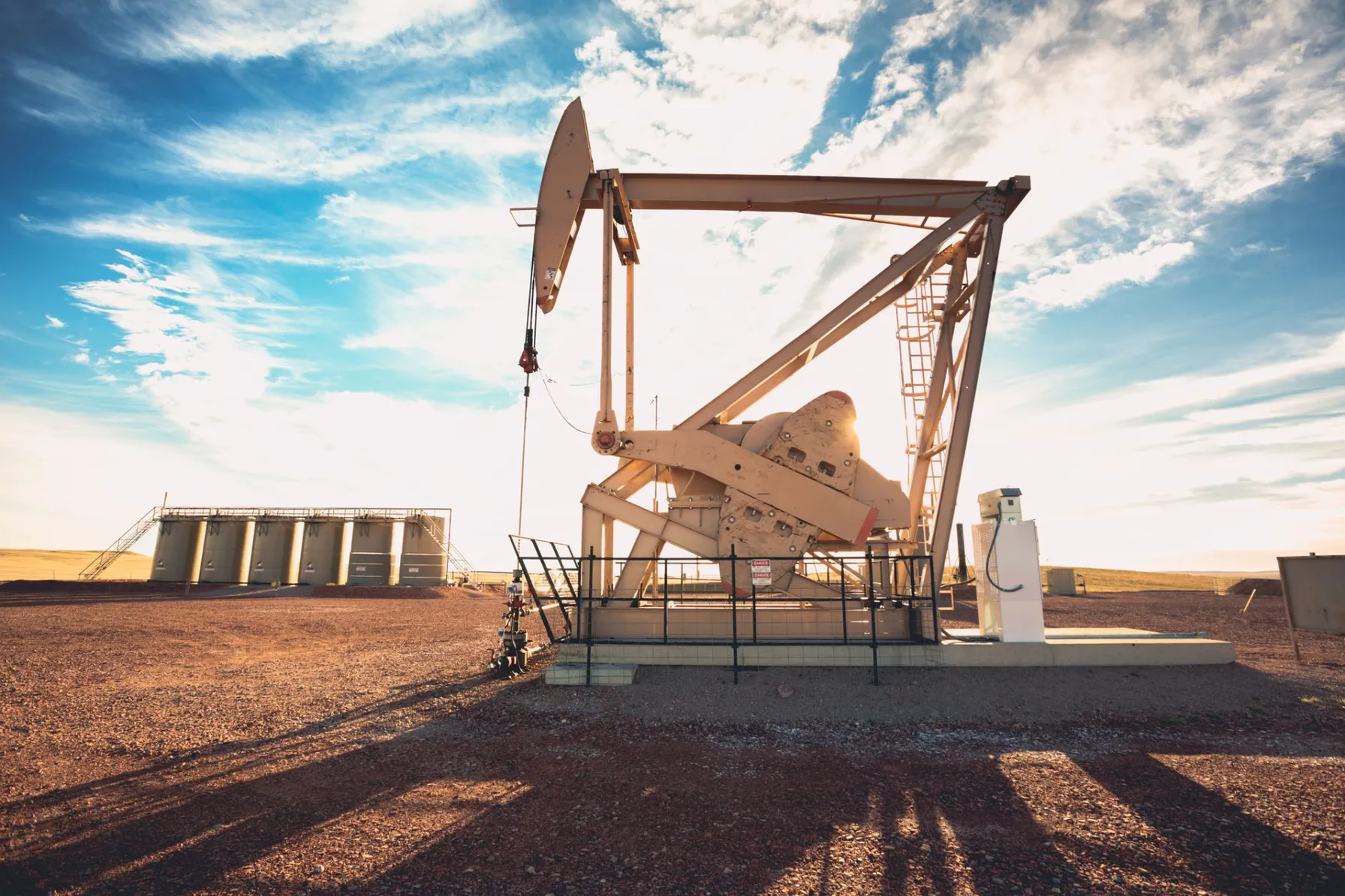
EPA Proposes Changes to Methane Control at Petroleum Operations
November 10, 2021
New Source Performance Standard for Methane Control at Petroleum Operations in 2022

PFAS Air Emissions Standards and Trends for Summer 2021
August 17, 2021
Environmental impacts of PFAS in ambient air leads to states implementing PFAS air-related thresholds.

Managing EHS & ESG Risks Through Integrated Systems Today and Beyond
July 22, 2021
It has been more than 50 years since the development and establishment of the federal Environmental Protection Agency (EPA) and the federal Occupational Safety & Health Administration (OSHA) which were formed to protect our environment and workplaces across the United States. Significant laws, policies and regulations followed to establish the “regulatory programs” that all applicable businesses and entities must address and meet to ensure these compliance-driven legislative programs would create a foundation to protect our society.

EPA Ramps Up Inspections and Enforcement Actions
May 14, 2021
EPA’s acting enforcement chief, Larry Starfield, directs agents to ramp up inspections in communities known to be afflicted by pollution
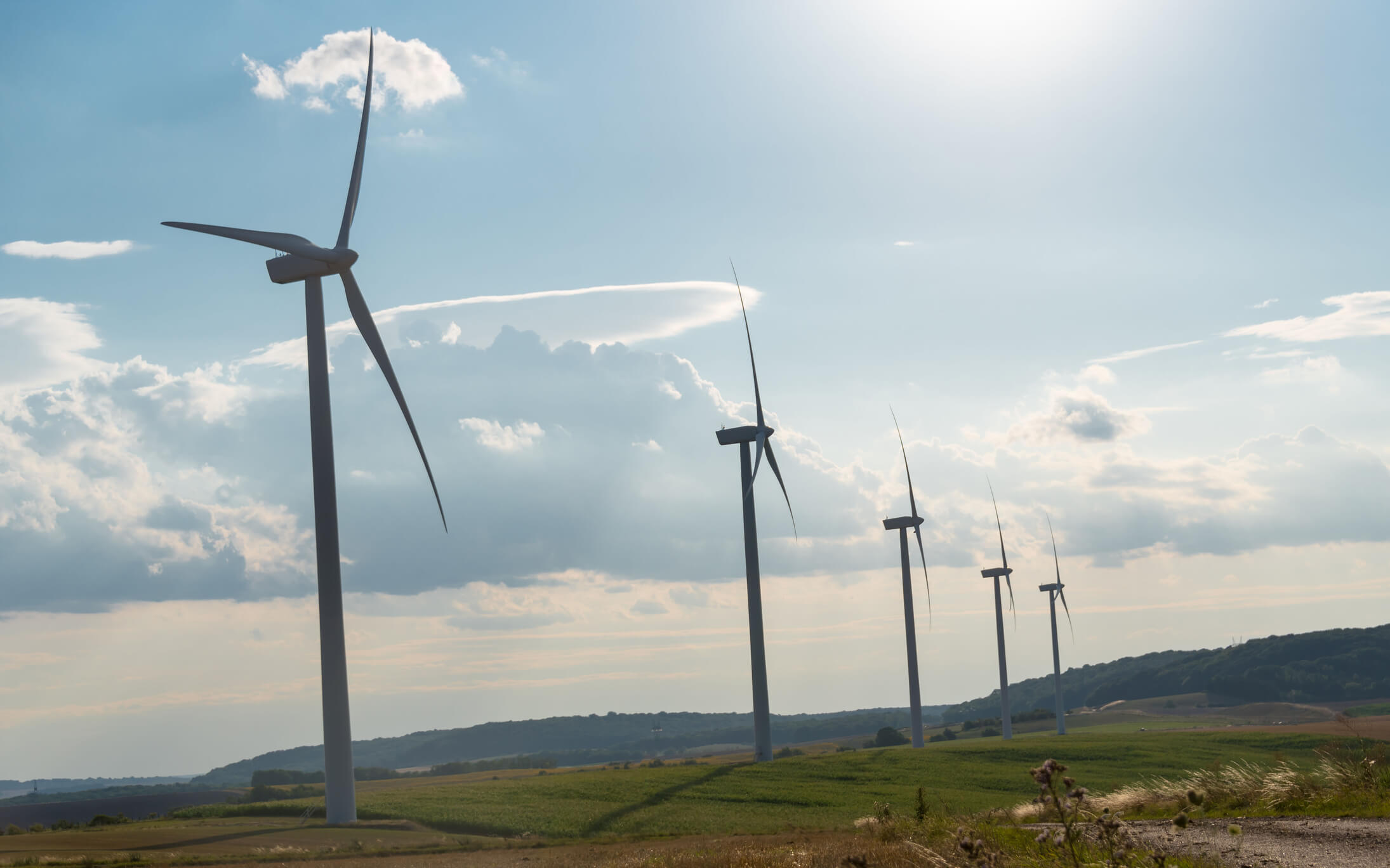
South Coast Air Quality Management District Rule 2305: Warehouse Indirect Source Rule
April 7, 2021
The rule is intended to reduce local and regional emissions of NOx and diesel particulate matter (PM).
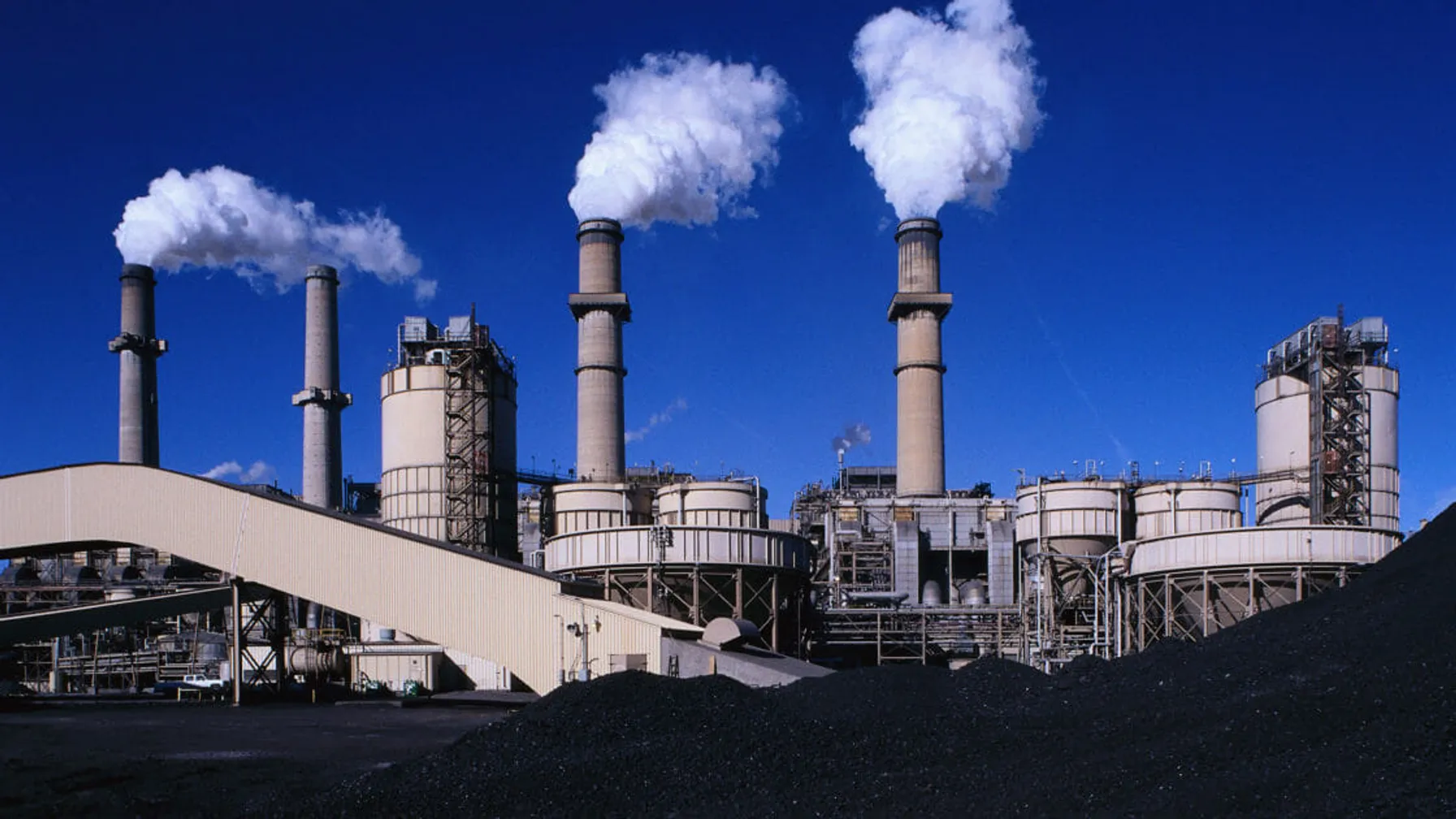
EPA Clean Air Act Rulemaking Announced December 2020
December 31, 2020
EPA announces Clean Air Act Rulemaking in the final month of the current administration and indicates more could be announced before the new administration comes into office.

New Jersey’s Landmark Environmental Justice Law
November 24, 2020
What Is an Indoor Air Quality Assessment? An indoor air quality assessment involves identifying and addressing air quality issues within a facility to ensure a healthy and safe environment for occupants. The assessment process typically includes an initial inspection, laboratory testing for contaminants, and recommendations for improvements. LEED-certified buildings prioritize indoor air quality, adopting measures to maintain good IAQ throughout construction and occupancy. Contact Us
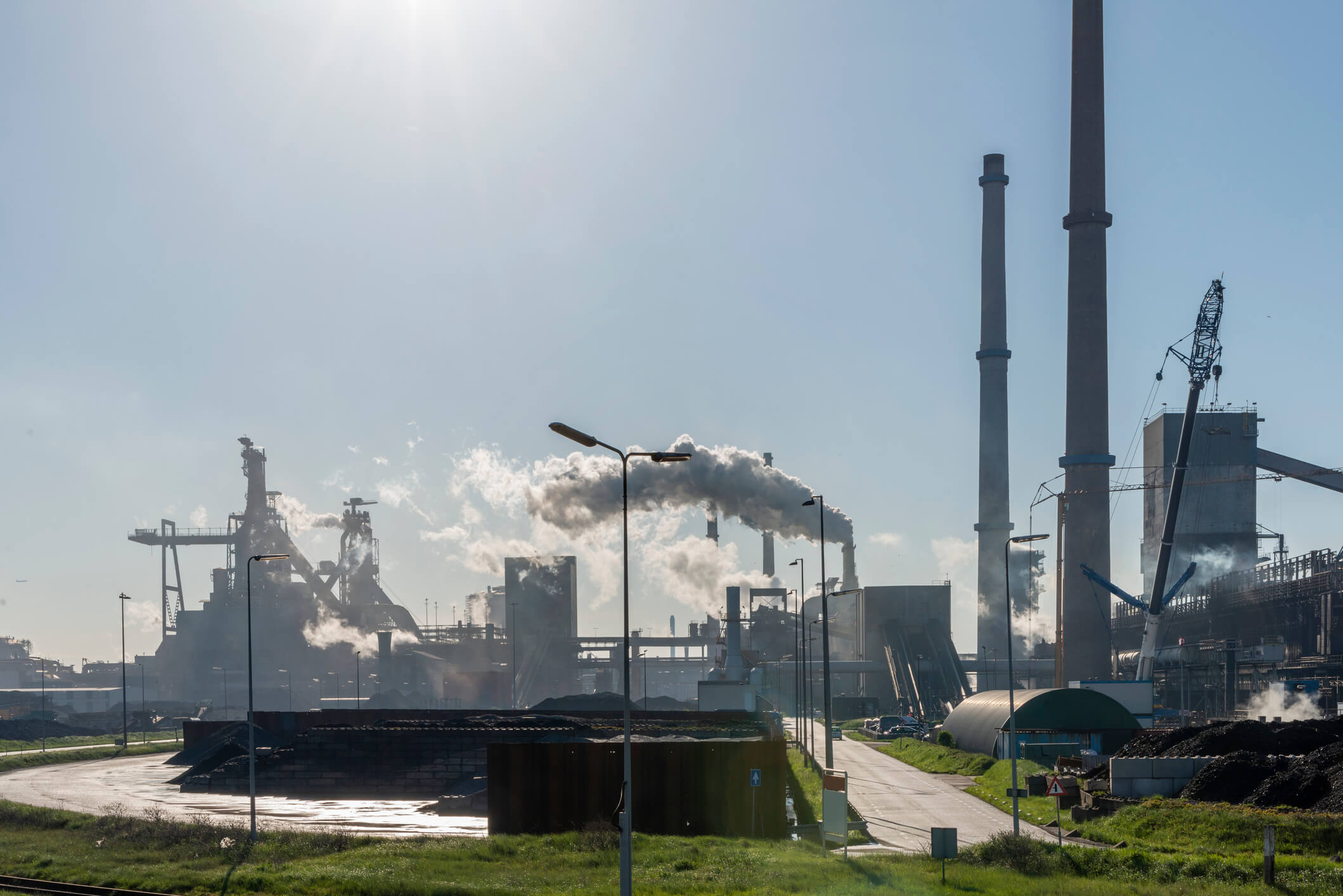
EPA Finalizes Reversal of “Once In Always In” Air Pollution Policy
November 18, 2020
On October 1, 2020, the EPA finalized a ruling that no longer enforces the “once in, always in” air emissions policy.
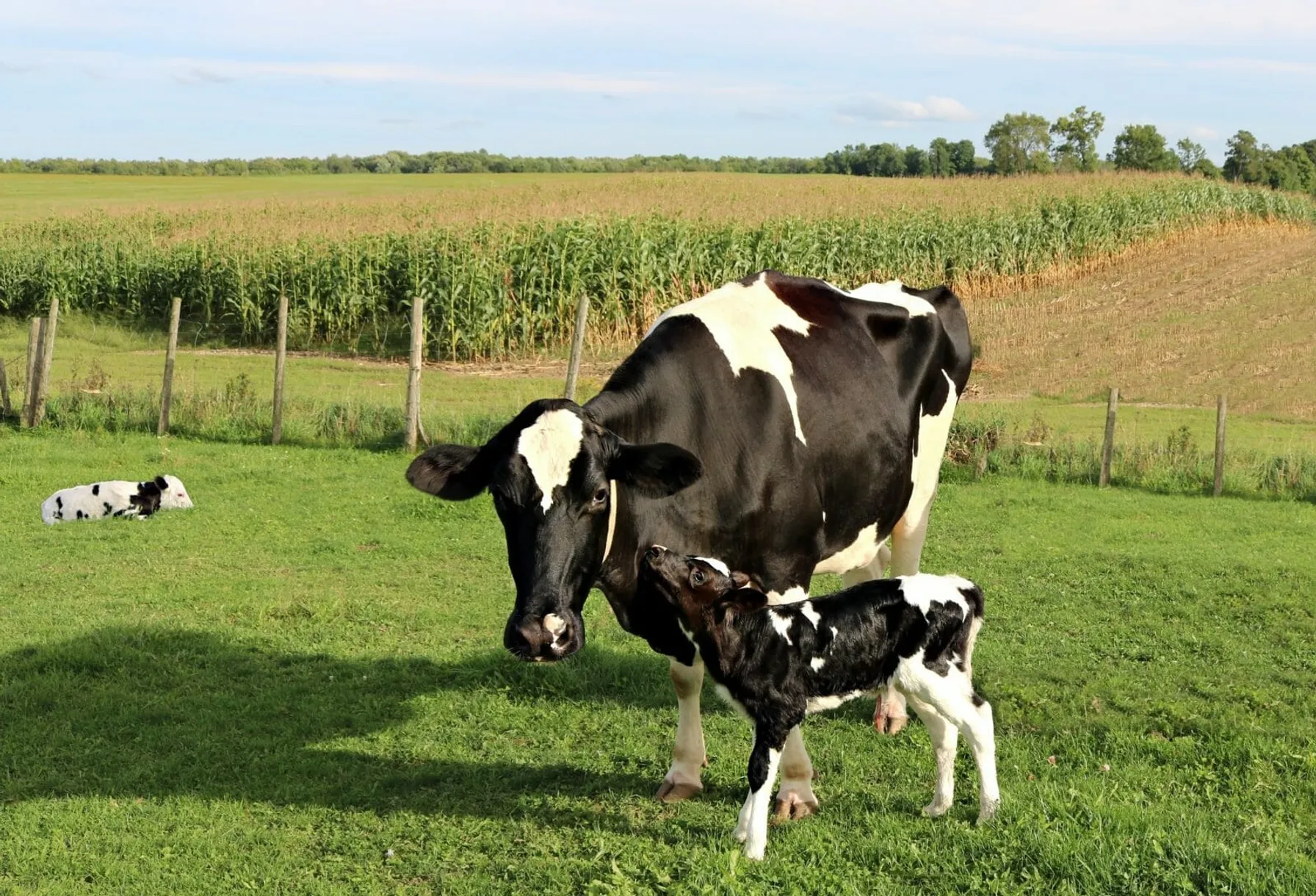
TRC Awarded a Yahara WINS Grant
August 28, 2020
TRC was recently awarded a Yahara WINS grant to develop a pilot scale simple aeration method for removing phosphorous from the discharge of manure digesters. The grant application was developed and submitted by: Bob Stanforth, Alyssa Sellwood, Mike Ursin, Ted O’Connell, Ken Quinn, and John Rice, who are members of multiple TRC CORE teams.
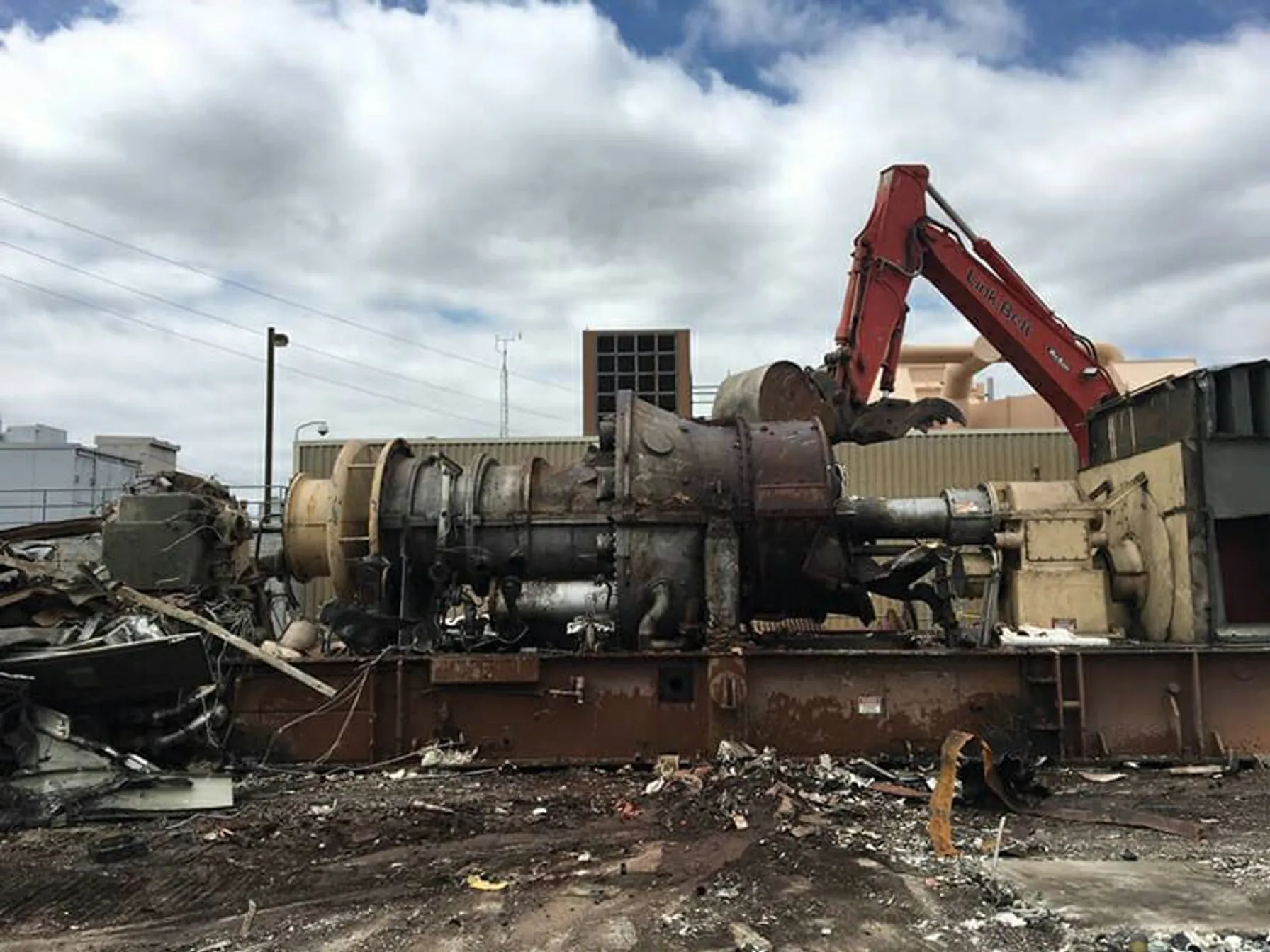
New York State Finalizes Emission Limits for Power Generators
January 21, 2020
On January 16, 2020, the New York State Department of Environmental Conservation (NYSDEC) finalized a rulemaking limiting nitrogen oxide (NOx) emissions from existing simple cycle and regenerative peaking combustion turbines with a nameplate capacity of 15 megawatts (MW) or greater during the ozone season (May 1 – October 31).


